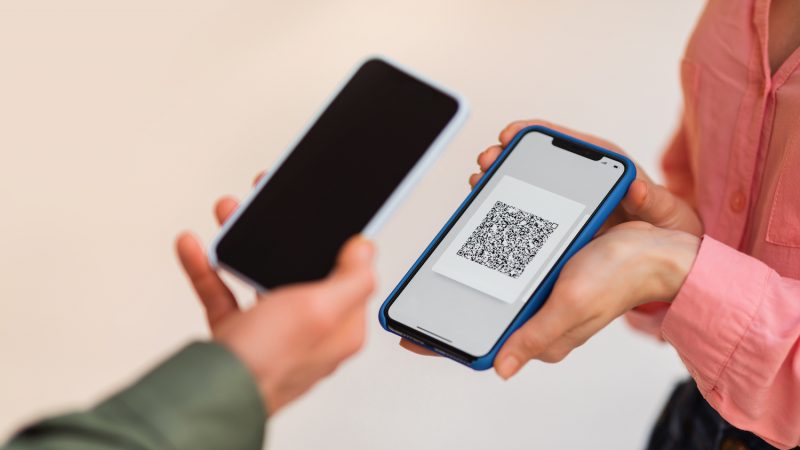How are payments made using QR codes and links
The rapid advancement of digitalization has led to significant transformations in payment systems. Alongside traditional payment methods, innovative solutions like QR code and link payments offer practical and secure alternatives for both consumers and businesses. QR code and link payment systems stand out for their contactless, fast, and user-friendly nature. These technologies enable users to perform payment transactions via mobile devices, providing broad applicability across various fields such as e-commerce, physical stores, restaurants, and the service industry.
QR Code Payments
A QR code, short for “Quick Response,” is a type of two-dimensional barcode. QR codes, which can quickly read and process the information they contain, are widely used in payment transactions. These codes are scanned using smartphone cameras and QR code reader applications, directing the user to a specific webpage, payment screen, or digital wallet application. QR codes are particularly used in small businesses, restaurants, retail stores, and event ticketing.
The QR code payment process generally involves the following steps:
- QR Code Creation: The business generates a unique QR code via a payment system or banking application. This code contains payment amount and business information.
- Presentation of QR Code: The QR code is presented either physically (e.g., on a restaurant table or at a store checkout) or digitally (e.g., on a website or mobile app).
- Scanning the QR Code: The customer scans the QR code using a smartphone camera or QR code reader application.
- Displaying Payment Information: After scanning, the customer is directed to the payment screen where they view payment details.
- Payment Confirmation: The customer confirms the payment details, and the transaction is completed. The payment is transferred from the customer’s account to the business’s account.
Security and Advantages QR code payment systems offer high security. QR codes contain encrypted data and are decoded only by specific payment platforms. Additionally, they provide a contactless payment option, ensuring a hygienic payment experience. QR code payments increase customer satisfaction and speed up the payment process due to their fast and user-friendly nature.
QR code payment systems have various use cases. They are widely used for restaurant bill payments, contactless payments in retail stores, event ticketing, and fundraising. The importance of contactless payment options increased during the pandemic, leading to a rapid rise in demand for QR code payment systems.
Link Payments
Link payments are a method where businesses send a web link (URL) to customers for payment. These links are sent via email, SMS, social media, or messaging apps. When the customer clicks the link, they are redirected to a secure payment page where the transaction is completed. Link payments are particularly useful for small businesses, freelancers, online service providers, and ventures selling through social media.
The link payment process typically involves these steps:
- Creating the Payment Link: The business creates a unique payment link using a payment system or banking application. This link contains payment amount and business information.
- Sending the Link to the Customer: The business sends the payment link to the customer via email, SMS, social media, or messaging apps.
- Clicking the Link and Redirection: The customer clicks the link and is redirected to a secure payment page where payment details (amount, description, etc.) are displayed.
- Entering Payment Information: The customer enters credit card or debit card details on the payment page.
- Payment Confirmation: The customer confirms the payment details, and the transaction is completed. The payment is transferred from the customer’s account to the business’s account.
- Payment Notification: The business receives a notification once the payment is completed, and the transaction is finalized.
Security and Advantages Link payment systems offer high security levels. Payment pages are protected by SSL encryption, ensuring secure handling of payment information. Additionally, payment links can be created as one-time use or time-limited, enhancing security. Link payments provide a user-friendly solution, facilitating easy transactions and speeding up the payment process.
Link payment systems have various use cases. Freelancers, service providers, and small businesses can use this method to request payments from customers. Social media ventures can facilitate sales by sending payment links to customers. Link payments are also commonly used in online education, consulting services, and subscription-based models.
Differences Between QR Code and Link Payments
QR code and link payment methods offer different advantages for users and businesses. QR code payments provide the ability to make fast and contactless payments in physical and digital environments. This method is useful in scenarios requiring immediate payment, such as physical stores, restaurants, and events. Customers can complete payments by scanning the QR code with their smartphones. Link payments, on the other hand, are ideal for scenarios where remote payment requests are needed. Freelancers, online service providers, and businesses selling via social media can send payment links to customers, enabling remote payments. This method can be easily implemented via email, SMS, or messaging apps and allows customers to pay remotely.
QR code payments require customers to have a QR code reader or smartphone camera. Since most modern smartphones have QR code scanning features, this method is used by a broad user base. Additionally, QR code creation and management software allows businesses to integrate this technology easily. Link payments can be used with any internet-connected device, requiring customers only to click on the link to make a payment. This method is device-independent and does not require additional software or hardware. Businesses can easily generate and send payment links to customers.
Both payment methods maintain high security standards, but there are some differences. QR code payments ensure secure transactions by encrypting data within the QR code. Additionally, QR codes can be created as one-time use or time-limited, enhancing security. Link payments use secure payment pages protected by SSL encryption. Payment links can also be one-time use or time-limited to further enhance security. Moreover, payment links can be restricted for use only by specific users or within certain time frames.
Application Areas and Integration
- E-commerce and Online Stores: Both QR code and link payment methods can be used by e-commerce and online stores. QR code payments provide quick payment options in physical stores or for package deliveries. Link payments are ideal for online orders and subscription services, allowing remote payment processing through sent payment links.
- Physical Stores and Restaurants: Physical stores and restaurants commonly use QR code payments. QR codes placed on tables or payment points allow customers to make contactless and quick payments. This method offers a hygienic solution, especially during the pandemic. Link payments are useful for restaurants offering remote orders and delivery services, allowing payments to be completed online through sent payment links.
- Service Sector and Subscription Models: Link payments are more commonly used in the service sector and subscription-based models. Consultants, online educators, software services, and other professional services can easily receive payments by sending payment links. This method is also suitable for subscription renewals and periodic payments. QR code payments are used for on-the-spot payments at service points or events.
Globally, QR code and link payment methods are rapidly expanding. These technologies have become part of daily life, especially in Asia and Europe. The global market is expected to see further adoption and integration of these payment methods. Additionally, integration with new technologies such as blockchain and digital currencies will enhance the security and efficiency of payment processes.

